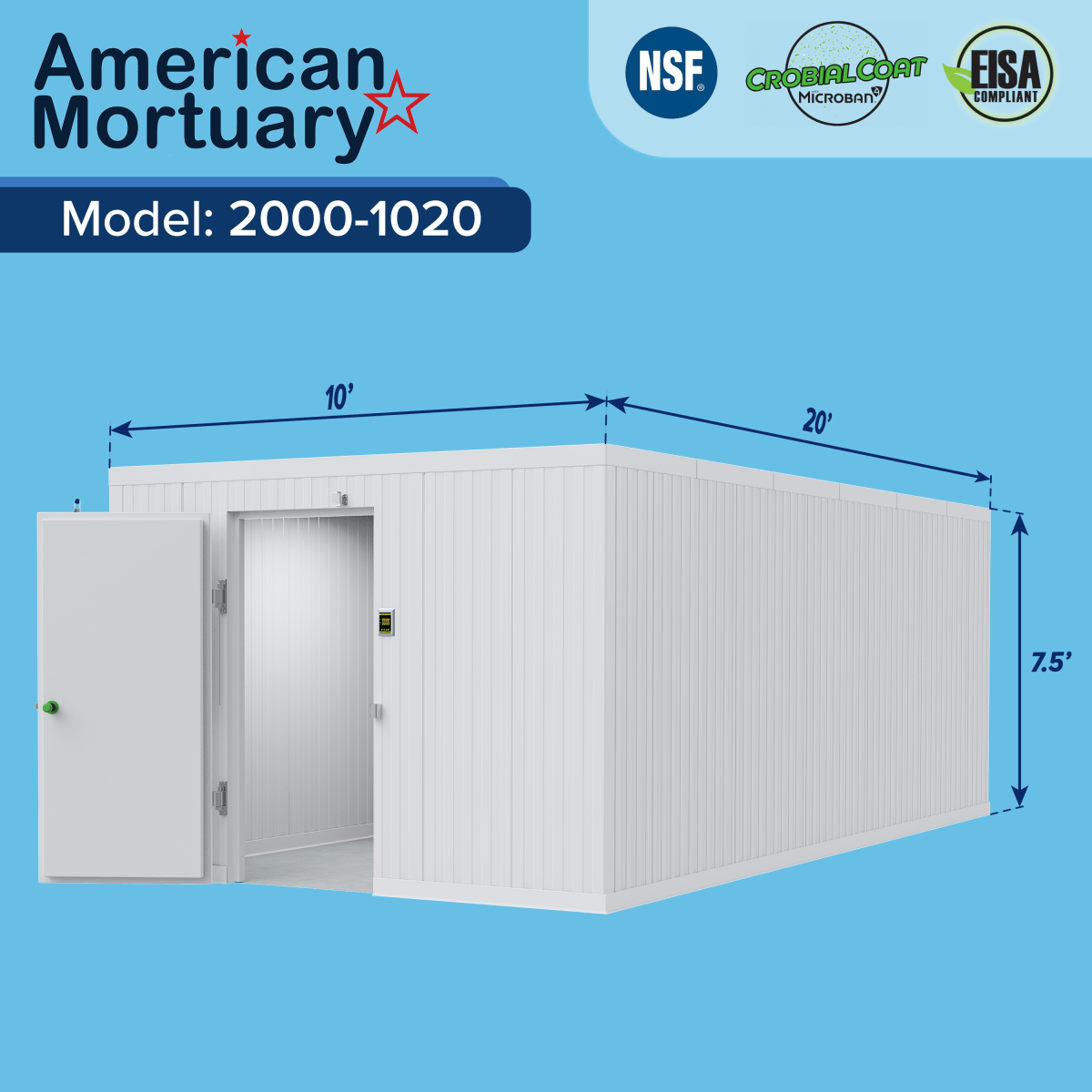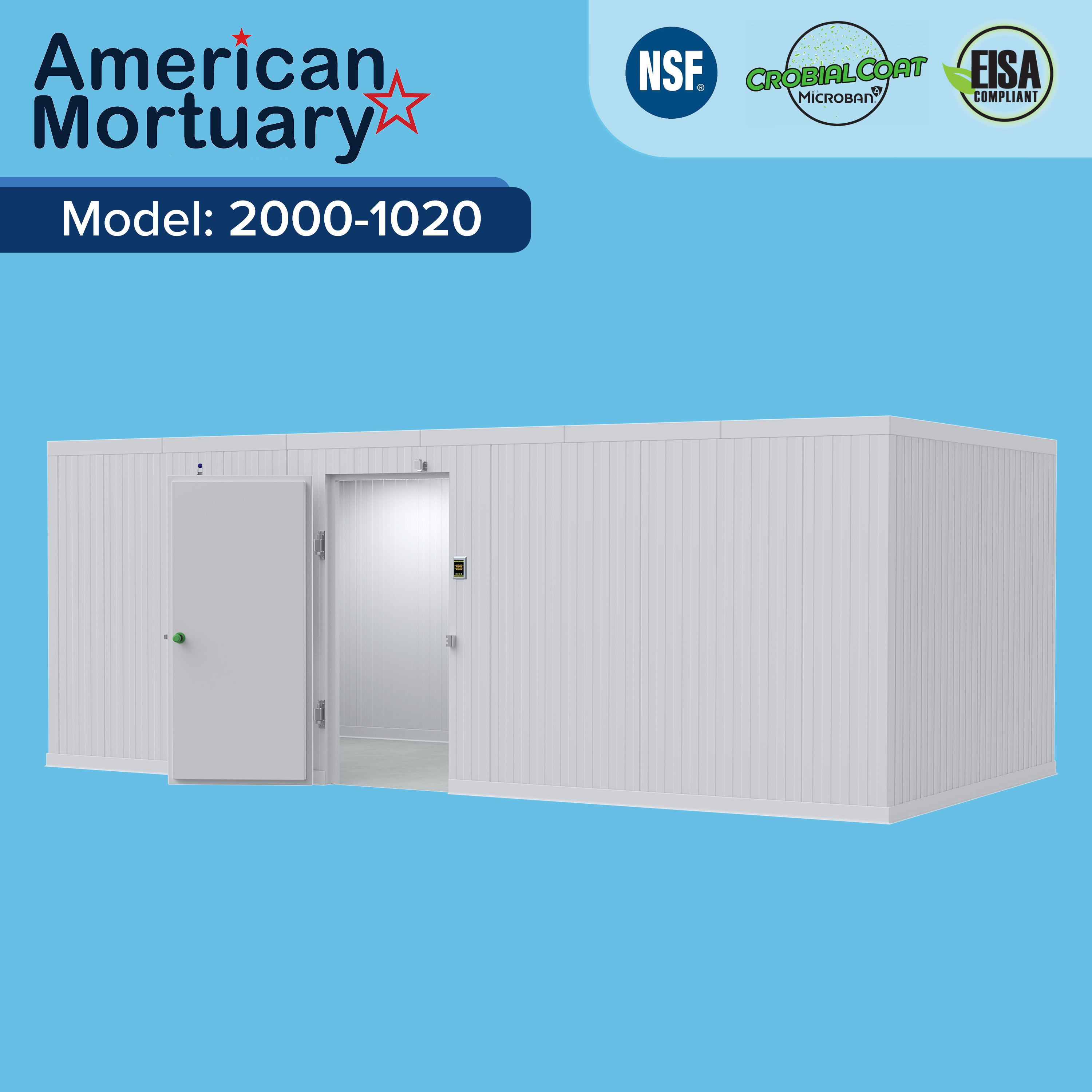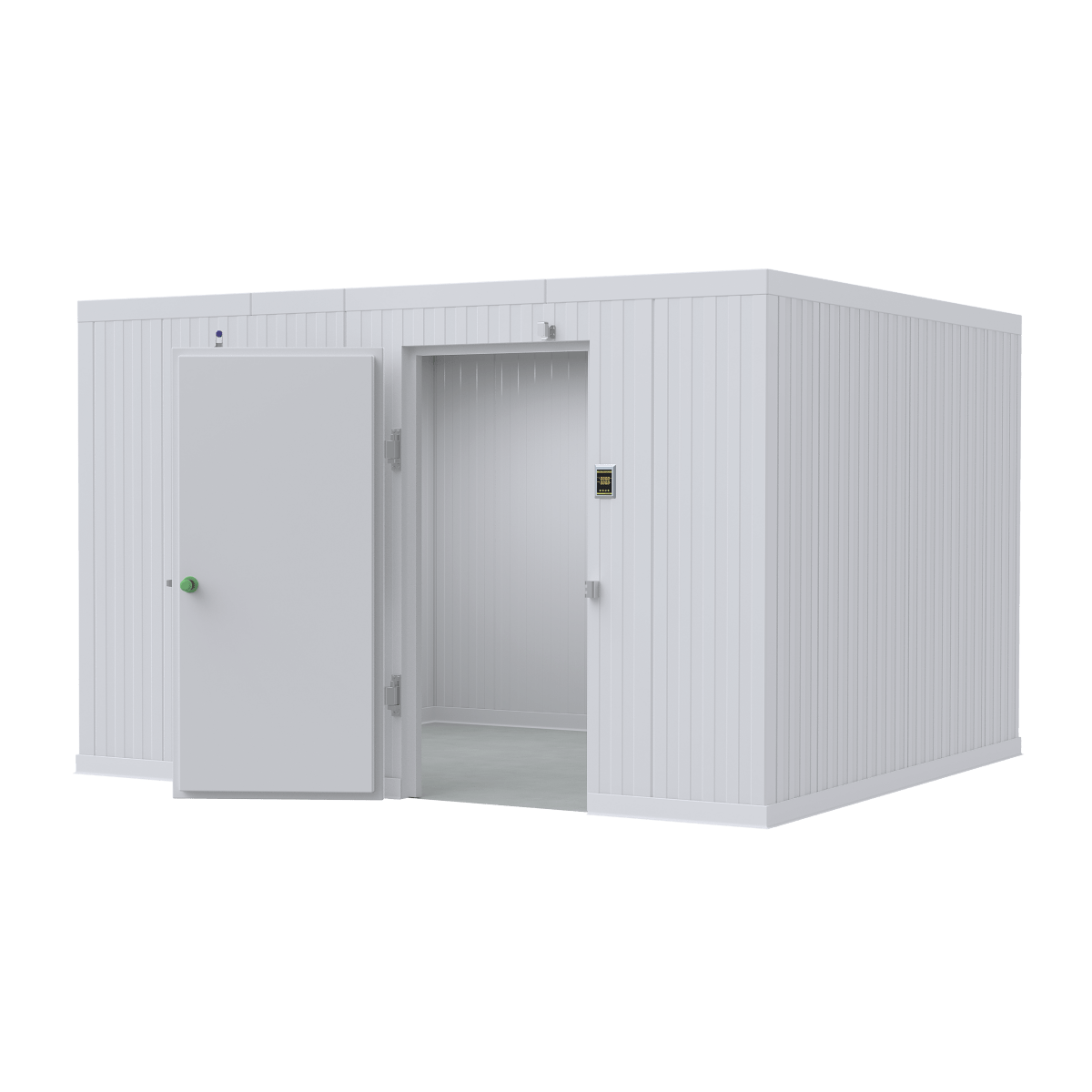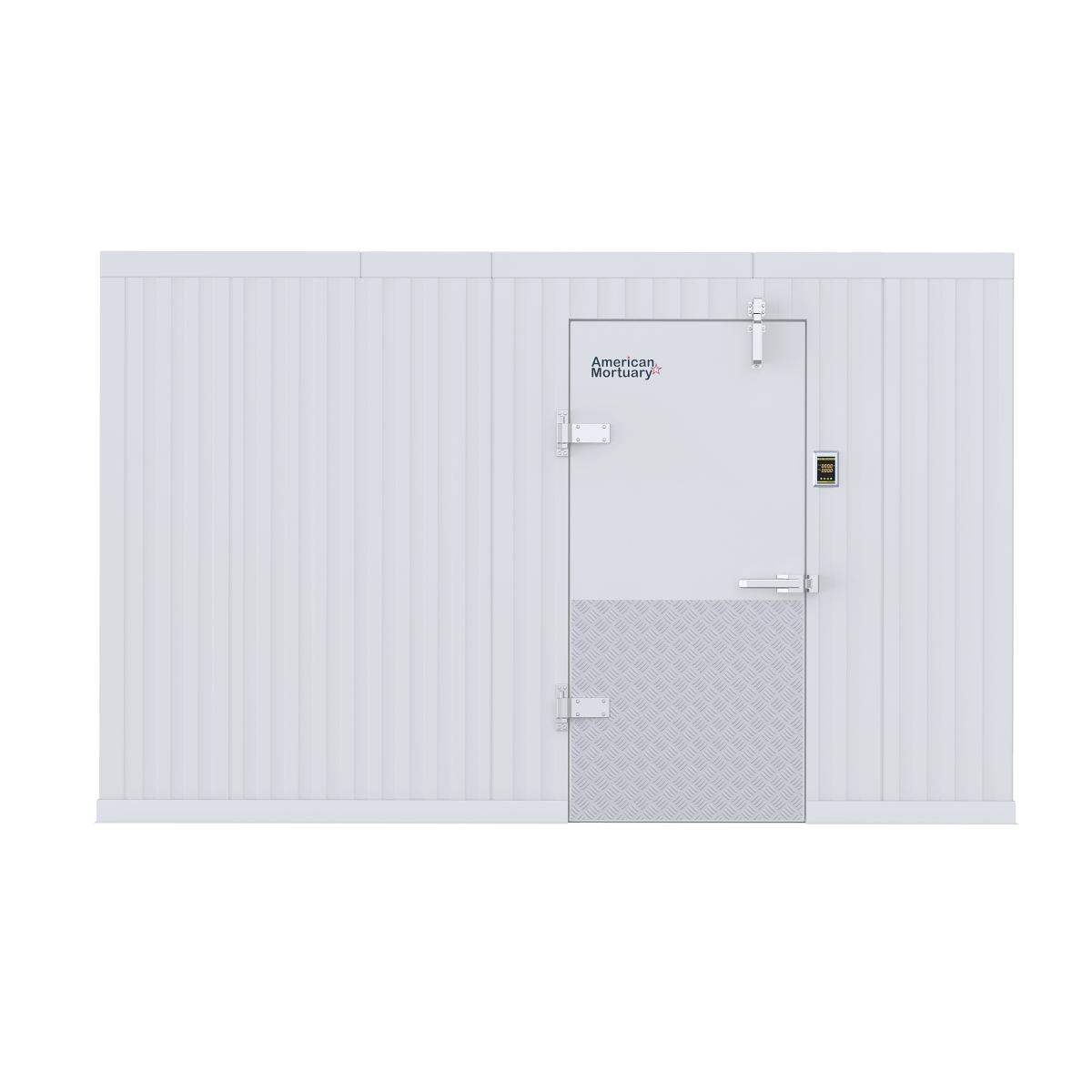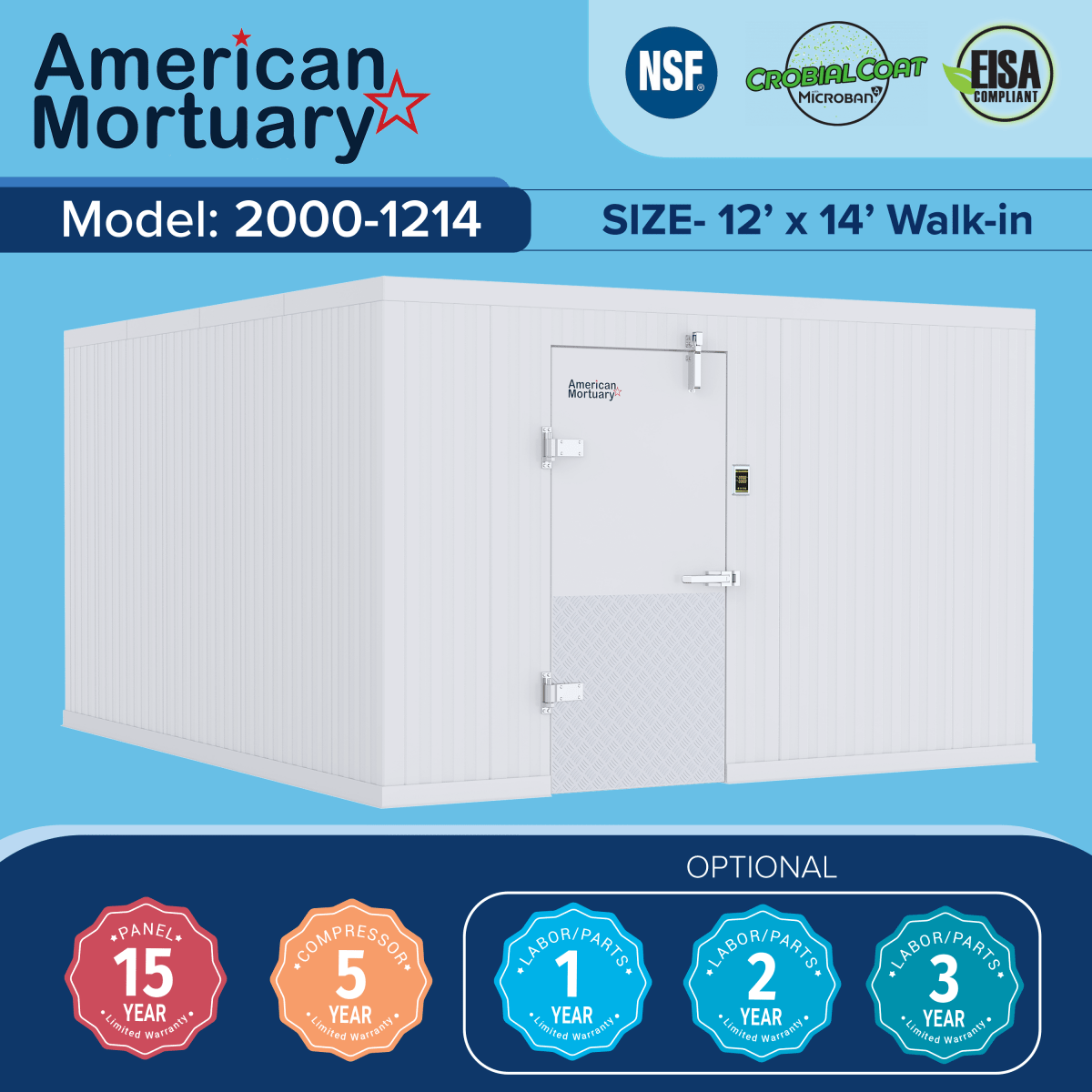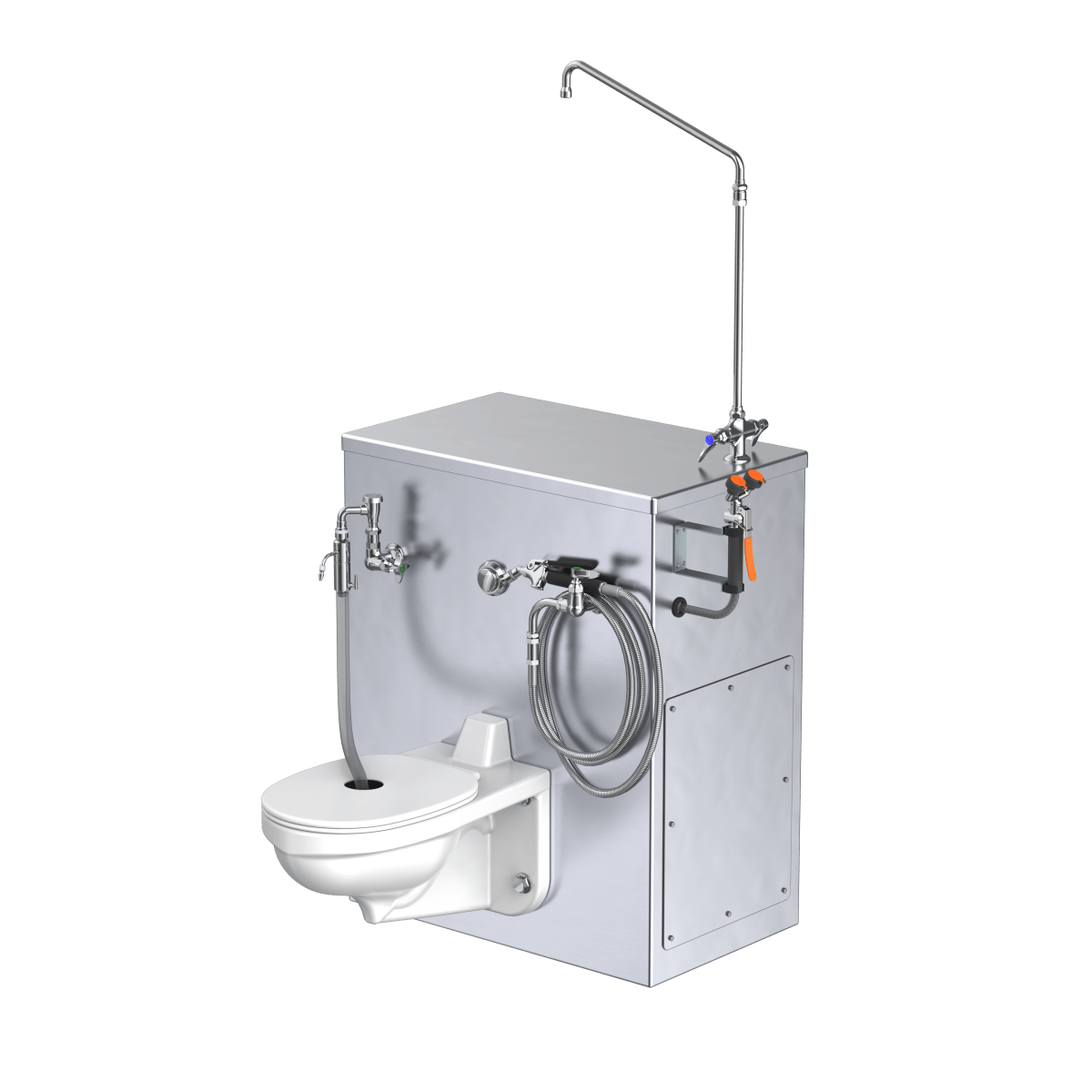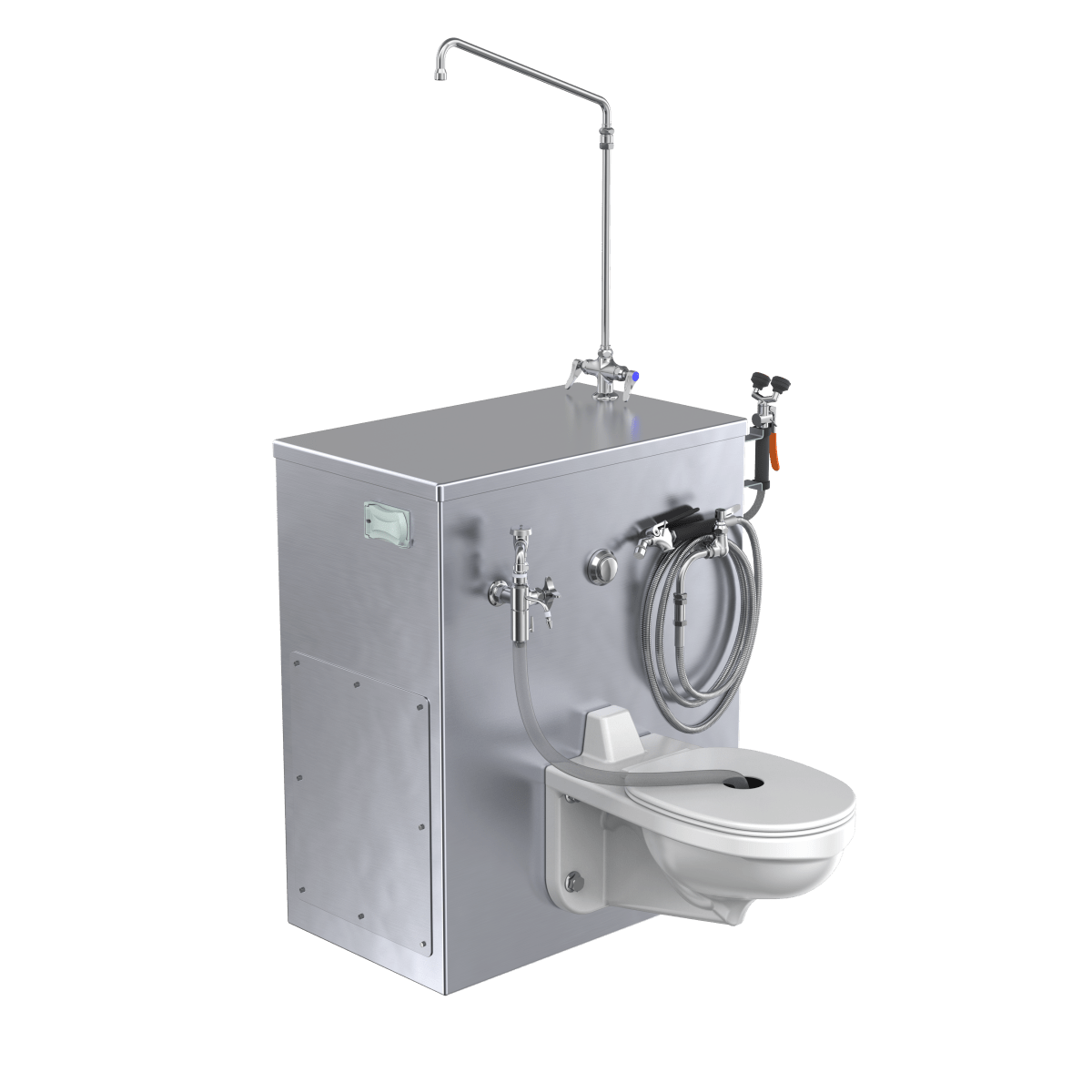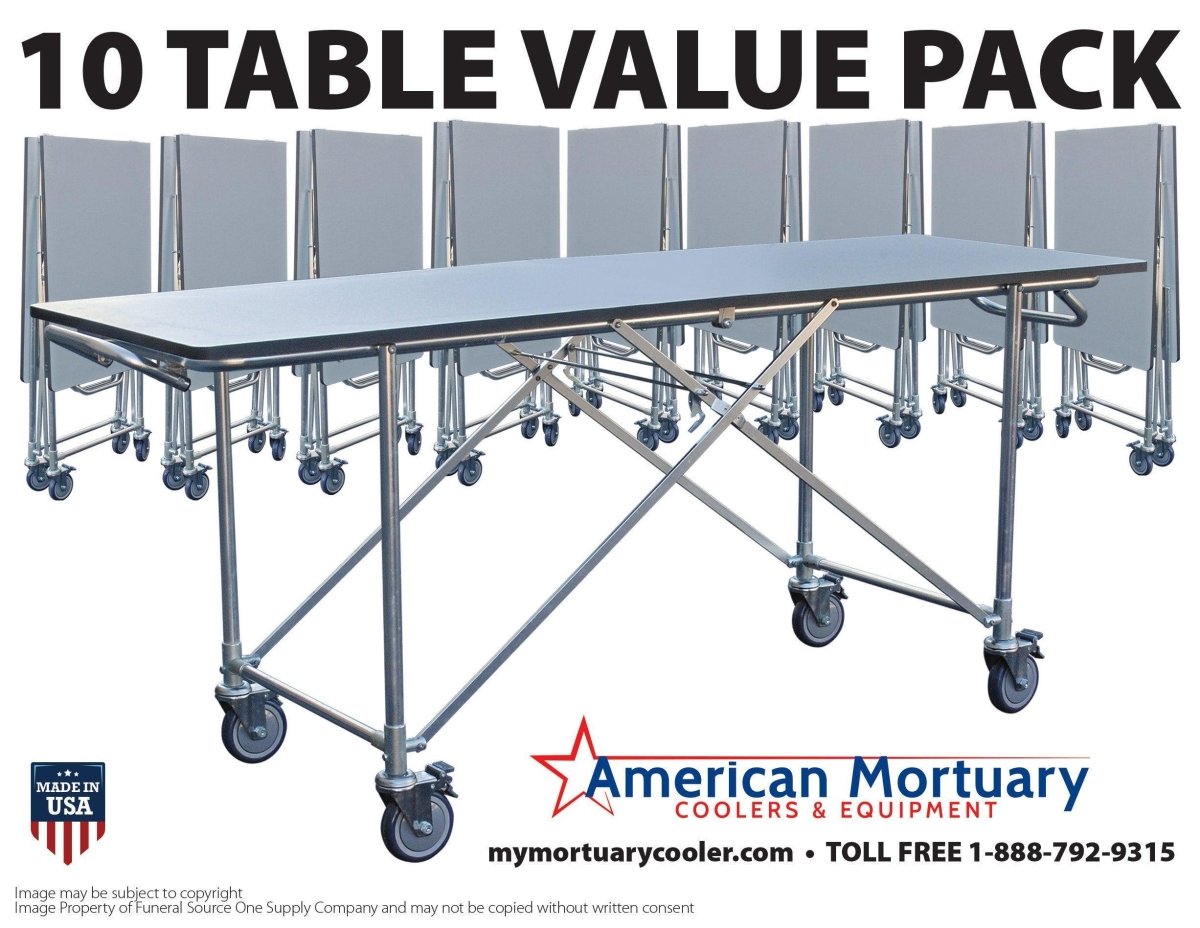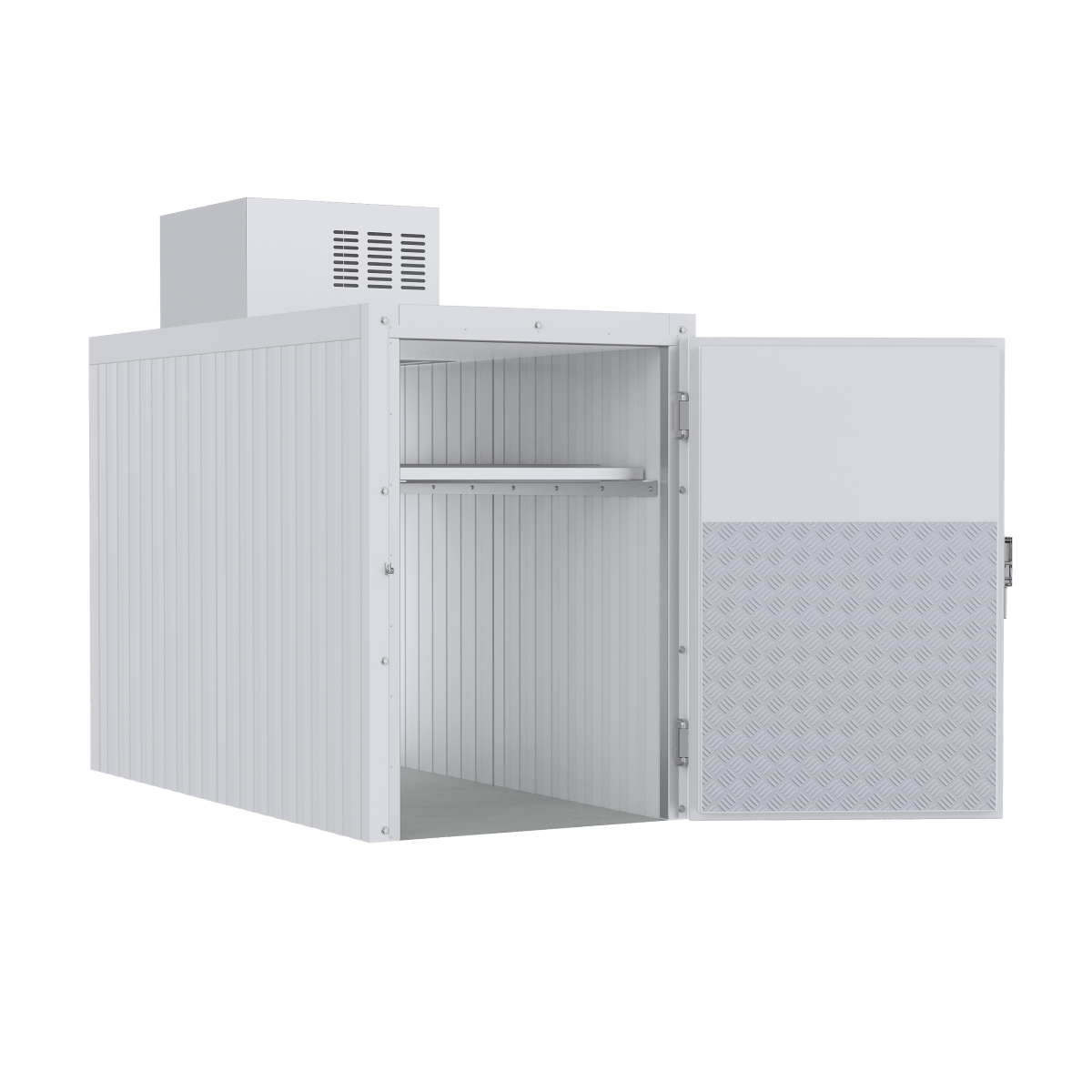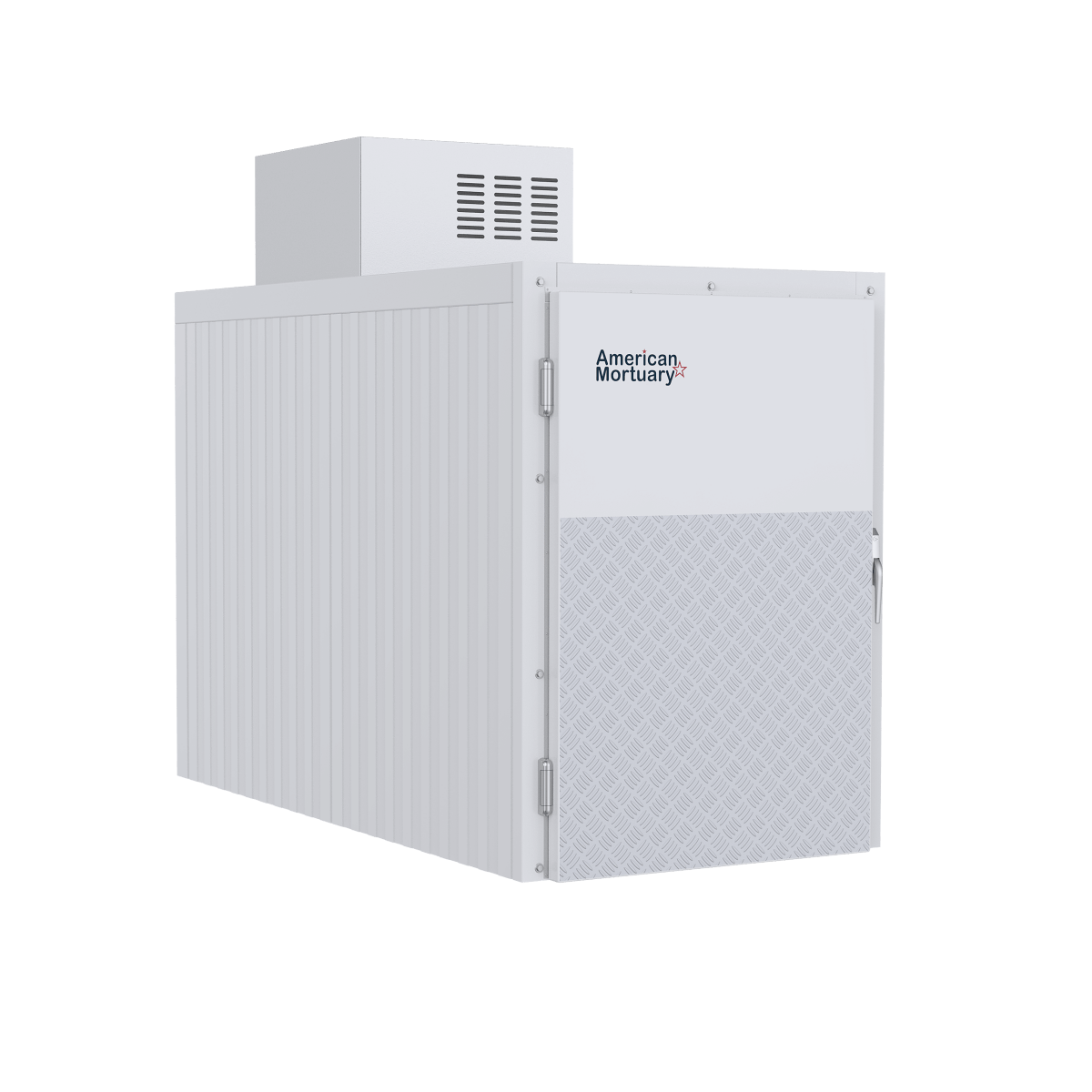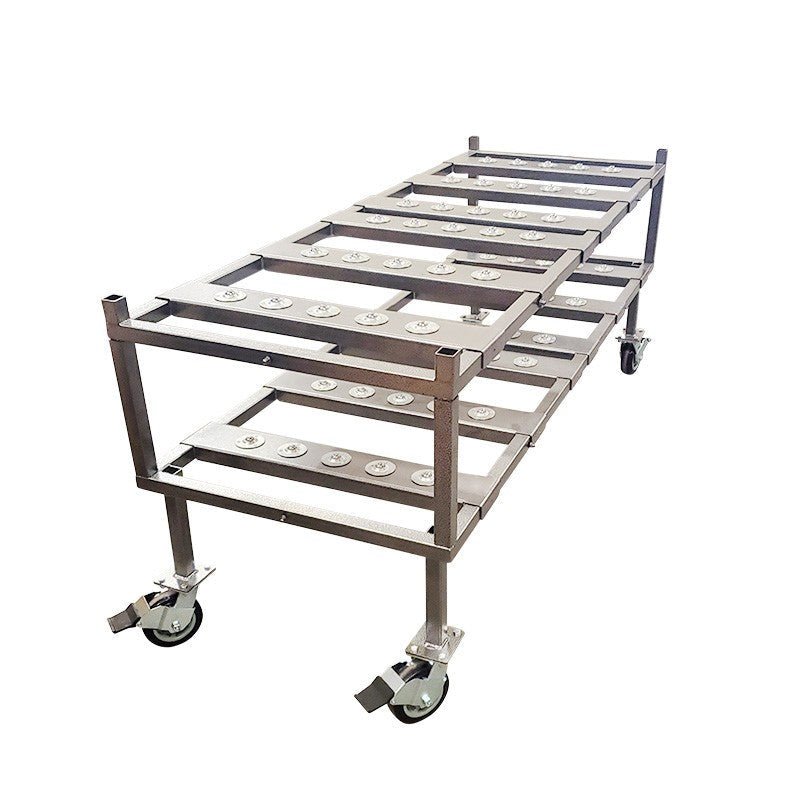The cremation furnace market is evolving rapidly, shaped by societal and environmental shifts worldwide. Here's a quick overview for those curious about this dynamic industry:
- The global trend sees a higher preference for cremation due to urbanization, with space crunches and changing cultural norms leading this change.
- Aging populations in the West are opting more for cremation, propelling market growth.
- Environmental concerns are a major driver, with communities looking for eco-friendly burial alternatives.
- Technological advancements in energy efficiency and emission reduction are revolutionizing cremation furnaces.
- COVID-19 has significantly spiked demand due to increased mortality and safety protocols.
As urban areas expand and burial spaces dwindle, the cremation furnace market stands on the brink of significant growth. More and more families are opting for cremation over traditional burial methods, not just for its practical benefits, but also due to growing environmental awareness. The convergence of these factors is driving a demand surge that manufacturers are meeting with innovative, greener solutions.
Yet, this positive outlook comes with challenges. High startup costs and stringent environmental regulations are barriers for many potential entrants. However, by adopting cutting-edge technologies that promise sustainability, the industry aims to overcome these problems.
The cremation furnace market not only reflects changing societal norms but also the increasing pressure to find sustainable solutions in an ever-urbanizing world.

Glossary for cremation furnace market:
Market Growth and Trends
The cremation furnace market is riding a wave of growth, driven by several key trends. With a projected CAGR of 4.50% from 2025 to 2034, this market is ready for steady expansion. This growth is largely fueled by technological advancements and the increasing demand for eco-friendly solutions.
Technological Advancements
Innovations in cremation technology are reshaping the industry. New furnace models are becoming more energy-efficient and reliable. For example, low-emission designs are gaining popularity as they align with tighter environmental regulations. These advancements not only reduce the carbon footprint but also lower operational costs, making them attractive to crematoriums worldwide.
Moreover, the introduction of electric cremation furnaces and gasifier technology is setting new standards. These technologies promise faster processing times and reduced emissions, offering a more sustainable alternative to traditional methods. This is crucial as more regions implement stricter emission control systems.
Eco-Friendly Solutions
The shift towards eco-friendly cremation options is undeniable. As awareness of environmental issues grows, so does the demand for greener cremation practices. Consumers are increasingly seeking out services that minimize land use and resource consumption. This trend is prompting manufacturers to innovate with furnaces that use renewable energy sources and incorporate energy-efficient technologies.

Growth Opportunities
The market's growth is also tied to the rising cremation rates globally. As burial spaces become scarce, cremation offers a practical and cost-effective alternative. Younger generations, who are more environmentally conscious, are particularly driving this shift.
Manufacturers are capitalizing on these trends by developing mobile cremation units and customized services to meet diverse cultural and religious needs. This adaptability not only caters to traditional markets but also opens up new opportunities in underserved regions.
In summary, the cremation furnace market is expanding rapidly due to advances in technology and a shift towards sustainable practices. As the world continues to urbanize and prioritize environmental concerns, this market is set to play a crucial role in the future of end-of-life services.


